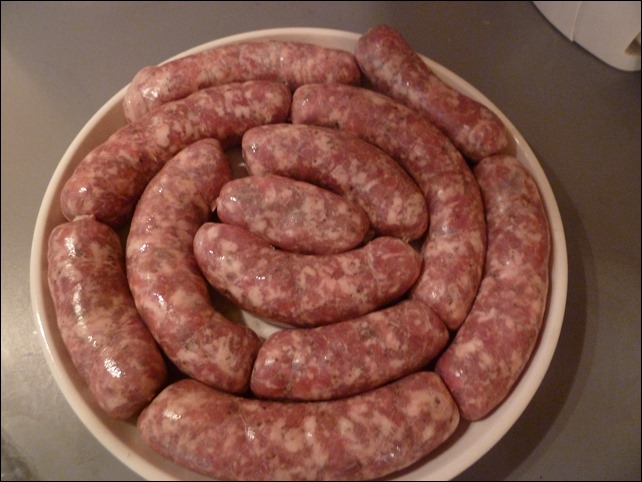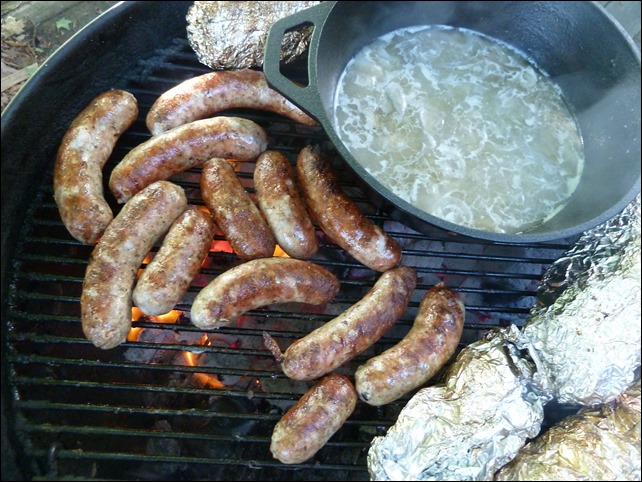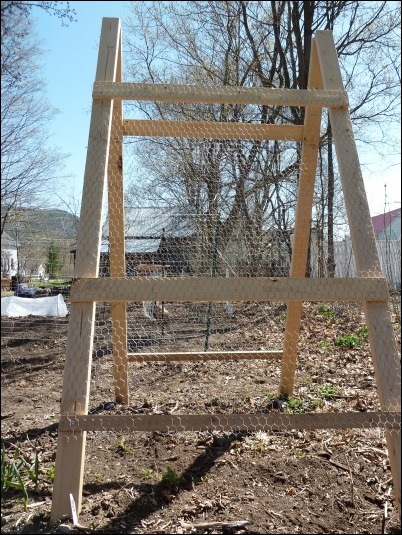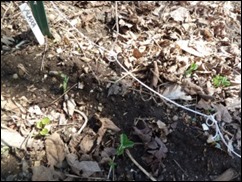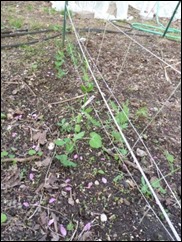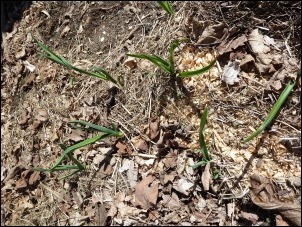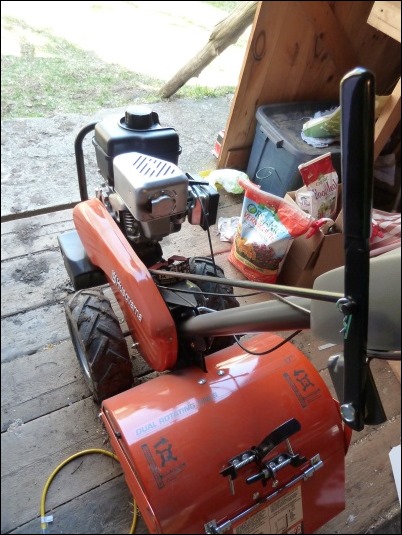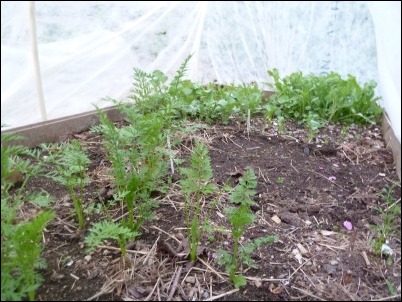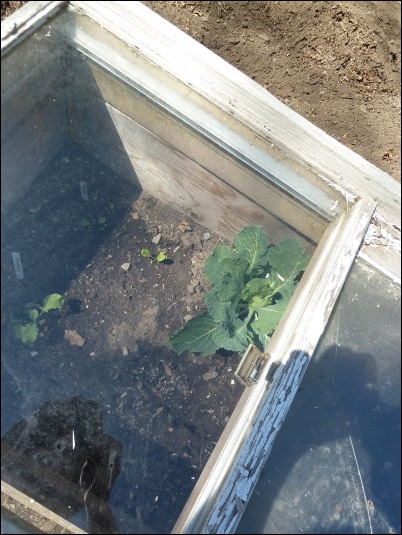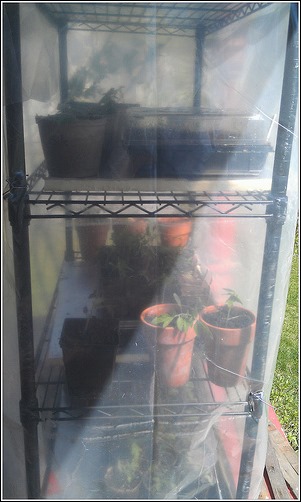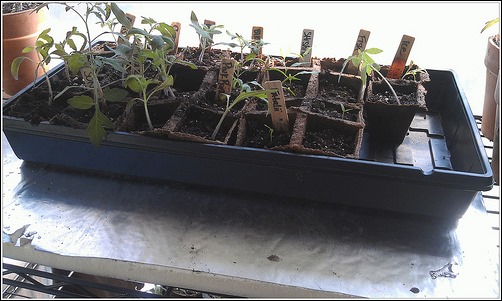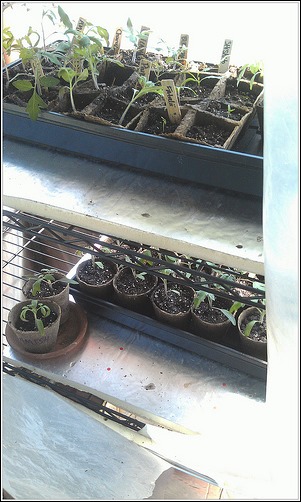Ezra turned one year old on first day of December. I was hoping to get this posted closer to his birthday, but the holidays have a way of getting in the way.
Typically this blog tends toward the practical and matter of fact, but sometimes it’s good to reflect on the why. Although having a family wasn’t necessarily the primary motivator in our decision to move to Vermont and change up our lives, it certainly played a part. While many people raise families in a large urban area like Chicago and I have the upmost respect for those who do, the fact is it can be difficult. It’s pretty expensive to afford housing in the city with plenty of room for kids, although people make it work. Obviously much of the world where extended families live in large huts would consider this a first world “problem”.
So that’s one reason people move to the ‘burbs, but that wasn’t in the cards for us. In particular, many of the things we wanted to do involved needing space, not just for kids, but for canning jars and beer making equipment … animals and gardens … and so on.
Anyway, I’ve already covered a lot of the reasons we moved to Vermont, so I won’t reiterate those. I’m more interested in thinking about what kinds of dreams I have for Ezra and how living in Vermont plays into that. When I was growing up in a very rural area, I reached a point where I couldn’t wait to leave. There were a lot of reasons for that, many having nothing to do with the rural environment.
Anyway I’m hoping we can do some things differently and give Ezra some good reasons to love the lifestyle we’ve chosen. I know he may reach young adulthood and need to set out on his own adventures. He may have to live in his own “Chicago” for awhile to appreciate his young life here. That’s certainly a discussion for another day well down the road.
Here’s what I’m dreaming for him in the meantime though:
- That he’ll learn to appreciate good food and drink and what it really takes to have it. That includes growing his own food, including understanding where meat comes from. Eventually making beer. How to preserve food through canning, root cellars and curing meats. How to cook something yourself and realize it’s better than whatever you ordered that last time at the restaurant.
- That he’ll be able to plant stuff and watch it grow, including stuff that takes awhile to mature like an apple or nut tree.
- That he’ll learn the joys of hospitality, community and good friends. You don’t have to be in the country to learn that, as we found in Chicago and other places we’ve lived. But we certainly hope to continue it here and have already made strides in that direction.
- That he’ll be exposed to other viewpoints and people from all walks of life. This may take some work in Vermont, which isn’t the most ethnically diverse place. That’s one thing we miss about Chicago. On the other hand, we have way more friends of the “experienced” and even “elderly” persuasion here, so I’m hoping he’ll take advantage of their wisdom and knowledge. And we’ve met people who have moved here from all over and/or have traveled extensively.
- That he will develop an interest in creativity and the arts. We are starting to meet a lot of creative people (musicians, artists, writers, potters, fabric artists, etc.), so I’m hoping we can expose him to all of that. Also hoping to spend more time on music myself, so that he’ll not just be around music we play at home, but also seeing music be made at home and by others in the community. I know I can’t force him to play an instrument (or at least force him to enjoy it), but I would love to see him develop an interest in really any musical instrument and/or singing. He seems to be trying to sing already.
- That he’ll learn to enjoy contemplation, silence, nature and just being in the moment. That seems to be getting harder and harder in our fast-paced world, but Vermont has a lot of natural beauty and outdoor space that at least provides a setting for it.
- That he’ll learn to use technology in a balanced way. Despite living in the country, we still have a lot of technology around and that isn’t likely to change anytime soon. I’m still a computer programmer. But I want him to get his hands dirty and do physical things as well. Since moving here, I find that getting out and doing physical work provides a nice break from being on the computer and vice versa.
- That he’ll learn to work hard, but also play hard and relax hard. I got a great work ethic from the way I was brought up, but I also struggle with being a workaholic sometimes and getting too caught up in always doing stuff. When the garden is in full swing I’m out there all the time. That’s good, but sometimes you need to take a break too.
It will certainly be fascinating to see how Ezra develops and experiences his environment. I can’t wait to watch and dream with him.

